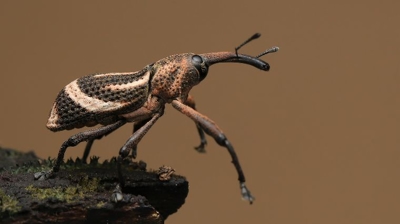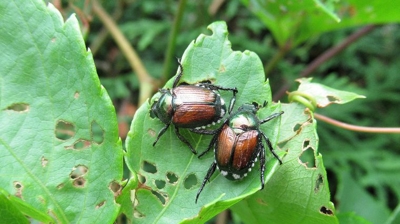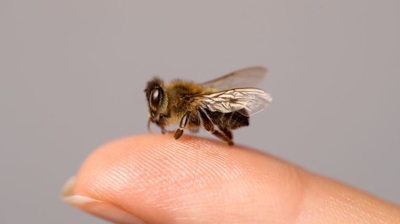
Sparrows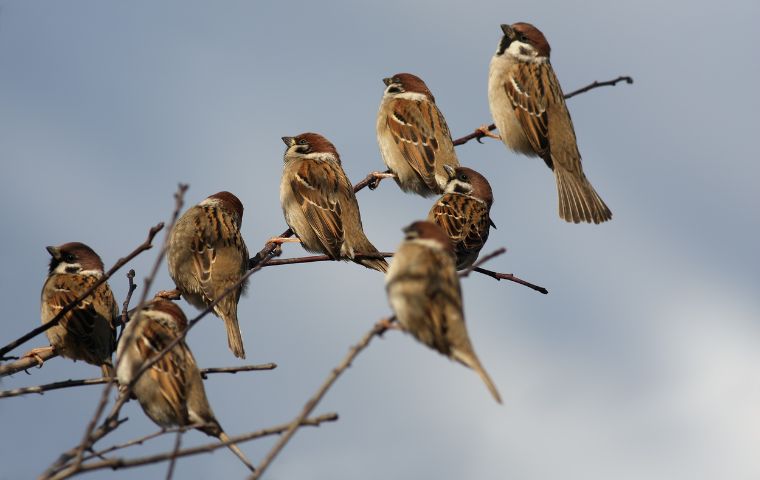
What Are Sparrows?
Sparrows are a diverse group of small passerine birds belonging to the family Passeridae. They are known for their widespread distribution, adaptability to various environments, and distinctive chirping calls. Here is an overview of sparrows:
Are Sparrows Harmful?
While sparrows are often appreciated for their small size, adaptability, and chirping songs, they can also be considered harmful in certain situations. Here are some ways in which sparrows, particularly the house sparrow (Passer domesticus), can be problematic:
- Nesting in Unwanted Areas: Sparrows often build nests in gutters, vents, eaves, and other structural crevices, which can cause blockages, fire hazards, and deterioration of buildings. Their nests can clog ventilation systems, leading to reduced air circulation and increased maintenance costs.
- Spread of Diseases and Parasites: Sparrows can carry and spread various diseases that may affect humans, livestock, and other birds. These include: Salmonella, which can be transmitted through droppings and contaminated food, and Avian Influenza, which poses a risk to poultry farms, as well as mites and lice, which can invade homes and bite humans, causing irritation.
- Food Contamination: Sparrows often forage in areas with human food sources, such as restaurants, warehouses, and grain storage facilities. Their droppings and feathers can contaminate food supplies, posing health risks and requiring strict sanitation measures.
- Noise and Nuisance: Large populations of sparrows can create excessive noise, especially in urban and suburban settings where they gather in large flocks. Their constant chirping and chatter can be disruptive, particularly in commercial areas or near residences.
- Droppings and Property Damage Sparrow droppings can be acidic and may cause damage to vehicles, buildings, and statues. Accumulated droppings can also lead to unsanitary conditions and require costly cleaning efforts.
Despite these negative impacts, sparrows also play beneficial roles in the ecosystem, such as controlling insect populations and serving as prey for larger birds. However, in cases where their presence becomes problematic, measures such as exclusion techniques, habitat modification, and population control may be necessary.
Sparrow Appearance
Sparrows are small, stout-bodied birds with short, conical beaks adapted for seed-eating. While their appearance can vary by species, they generally have a somewhat rounded shape, a relatively short tail, and muted coloration that helps them blend into their surroundings.
Common Features of Sparrows:
- Size: Typically 4.5 to 7 inches (11 to 18 cm) in length
- Body Shape: Plump body with a short neck and rounded head
- Beak: Short, thick, and cone-shaped, ideal for cracking seeds
- Legs & Feet: Thin but strong legs adapted for perching and hopping
House Sparrow (Passer domesticus) – The Most Widespread Species
- Males: Have a gray crown, black bib, white cheeks, and chestnut-brown streaks on the back. Their underparts are a dull grayish-white.
- Females: More muted in color, with brownish-gray plumage, a pale eyebrow stripe, and streaked backs, helping them stay camouflaged.
Other Common Sparrow Species:
- Tree Sparrow (Passer montanus) – Smaller than the house sparrow, with a chestnut-brown cap and a distinctive black spot on each cheek.
- Song Sparrow (Melospiza melodia) – Has streaked brown plumage with a central dark spot on its breast.
- Chipping Sparrow (Spizella passerina) – Recognizable by its rusty-red cap, white eyebrow, and gray underparts.
Sparrows are often seen in urban, suburban, and rural areas, where they hop around on the ground searching for food or perch on fences, trees, and buildings. Their inconspicuous coloration helps them blend in, but their lively behavior and chirping calls make them easy to notice.
Learn more: What Do Sparrows Look Like?
Sparrow Habitats
Sparrows are highly adaptable birds found in a wide range of habitats worldwide. Their ability to thrive in both urban and rural environments makes them one of the most widespread bird species. Here are the most common places where you’re likely to find sparrows:
- Urban and Suburban Areas: House sparrows (Passer domesticus) are especially common in cities, towns, and neighborhoods. They are often seen perching on buildings, fences, and streetlights. They frequently gather in parks, gardens, and near restaurants where food scraps are available. Nesting sites include rooftops, vents, eaves, and crevices in buildings.
- Farmlands and Agricultural Areas: Sparrows are abundant in rural areas where crops provide a food source. They often forage in fields of wheat, corn, and rice, eating seeds and grains. They may nest in barns, silos, and sheds.
- Woodlands and Shrublands: While house sparrows prefer human-made environments, other sparrow species (such as song sparrows and tree sparrows) can be found in forests, hedgerows, and brushy areas. They build nests in thick vegetation and low trees.
- Grasslands and Open Fields: Many sparrow species, such as the savannah sparrow and grasshopper sparrow, prefer open fields with tall grasses. They often stay close to the ground, camouflaging themselves in the vegetation.
- Near Water Sources: Some sparrow species are found near marshes, wetlands, and riverbanks. They use reeds and tall grasses as nesting sites and find insects and seeds along the water’s edge.
- Bird Feeders and Backyard Gardens: House sparrows are frequent visitors to backyard feeders, especially where seeds like millet, cracked corn, and sunflower seeds are provided. They often nest in birdhouses, shrubs, or ivy-covered walls.
- Transportation Hubs and Industrial Areas: Sparrows often gather around train stations, bus stops, and airports, where food scraps are plentiful. They are common around warehouses and grain storage facilities.
If you’re looking to spot sparrows, your best bet is to check areas where food (seeds, grains, or scraps) is readily available and where they can find shelter for nesting.
Sparrow Diet
Sparrows are opportunistic feeders with a diet that varies depending on their species and environment. However, their primary food sources include seeds, grains, insects, and human food scraps. Here's a breakdown of what sparrows typically eat:
- Seeds and Grains (Primary Diet): Sparrows have strong, conical beaks adapted for cracking seeds. Common seeds they eat include millet, sunflower seeds, cracked corn, wheat, oats, and rice. They forage in fields, gardens, and bird feeders for these food sources.
- Insects and Small Invertebrates (Especially for Nestlings): While adult sparrows mainly eat seeds, they consume insects during the breeding season for extra protein. They feed on beetles, caterpillars, aphids, flies, and spiders. Nestlings (young sparrows) rely heavily on insects for nutrition during their early development.
- Fruits and Berries: Sparrows will eat fruits such as berries, cherries, and small pieces of apples or pears. They also consume buds and flowers from certain plants.
- Human Food Scraps: House sparrows are notorious for scavenging around urban areas. They eat bread crumbs, rice, pasta, cereal, and other food scraps found near restaurants, parks, and streets. However, processed foods are not ideal for their health.
- Nectar (Occasionally): Some sparrows, like the Eurasian tree sparrow, have been observed sipping nectar from flowers. They may visit hummingbird feeders in search of sugary liquids.
- Small Mollusks and Grit (For Digestion): Sparrows sometimes ingest tiny pebbles or sand (grit) to help grind food in their gizzards. They may also consume small snails or eggshell fragments for calcium.
- Feeding Behavior: Sparrows are ground foragers, meaning they often hop around looking for food on the ground. They also frequent bird feeders and grain storage areas. They are social eaters and are usually seen feeding in small groups.
If you want to attract sparrows to your yard, offering a mix of seeds and grains in a feeder will likely bring them in, especially in areas where they feel safe and can find shelter.
Learn more: What Do Sparrows Eat?
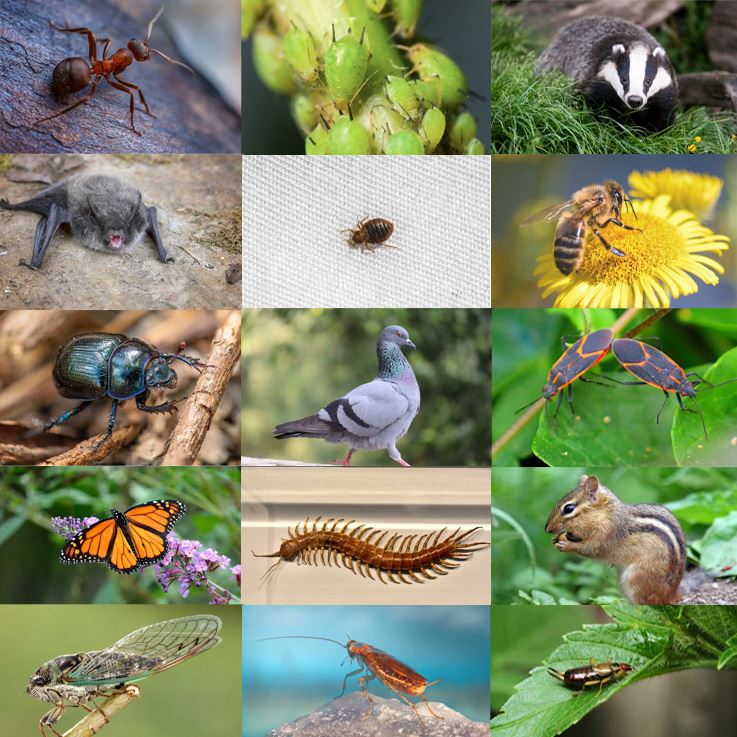
Sparrow Life Cycle
The life cycle of sparrows follows a typical bird development pattern, from egg to adulthood. Here’s a breakdown of their life stages:
- Egg Stage: Female sparrows lay 3 to 7 eggs per clutch. The eggs are small, oval-shaped, and usually white, pale blue, or speckled with brown. Incubation lasts 10 to 14 days, with the female doing most of the brooding while the male provides food.
- Hatchling Stage (0–5 Days Old): Chicks hatch blind, featherless, and completely dependent on their parents for warmth and food. Both parents feed the chicks a protein-rich diet of insects. By the end of this stage, they begin to develop soft down feathers.
- Nestling Stage (5–14 Days Old): The chicks start to grow real feathers, but their wings are still underdeveloped. Parents continue feeding them frequently, and they remain in the nest. By around 10–14 days, their feathers have grown enough for them to prepare for fledging.
- Fledgling Stage (14–21 Days Old): The young sparrows leave the nest but stay close by as they are still partially dependent on their parents. Parents continue to feed them for another one to two weeks while they practice flying and foraging. They learn to eat seeds and grains but may still receive insects from their parents.
- Juvenile Stage (3–6 Weeks Old): Young sparrows become fully independent and begin living on their own. Their plumage is similar to adults but may be duller or lack defining markings. They join small flocks and begin to establish territory and social structures.
- Adulthood (6 Weeks and Beyond): Sparrows reach sexual maturity at about 4–6 months old. They typically breed in their first year of life. A single pair can raise 2 to 4 broods per year, especially in warm climates.
- Lifespan of Sparrows: In the wild, sparrows live 3 to 5 years on average due to predation and environmental factors. In captivity or ideal conditions, some have been known to live up to 10–12 years.
Sparrows have a fast and efficient reproductive cycle, which allows them to maintain stable populations despite threats from predators, habitat loss, and competition.

Hear From Our Happy Customers
-
"Very Knowledgeable"
The tech that arrived was courteous, professional, and very knowledgeable. He was Great.
- Uerial I. -
"Wonderful Service"
Wonderful service. Jarvis is great. Took care of everything I needed. Thank you!
- Henry P. -
"Great Communication"
Tech was on time, communication was great, and he accommodated my needs.
- Alonzo W. -
"Exceeds Expectations"
I can’t say enough positive things about this company... The tech that came out, Jarvis went above and beyond my expectations. Thank you guys, I will continue using your services.
- Jake M. -
"Professional & Considerate"
I’m pleased with Miche services. Jarvis came today. Professional and considerate. Thank you!
- Judy B. -
"Fantastic & Patient"
Jarvis was fantastic and patient. He answered my questions with an in-depth explanation and addressed all of my areas of concern. Would love for him to be my assigned tech going forward. Well done!
- Yonnette M.

